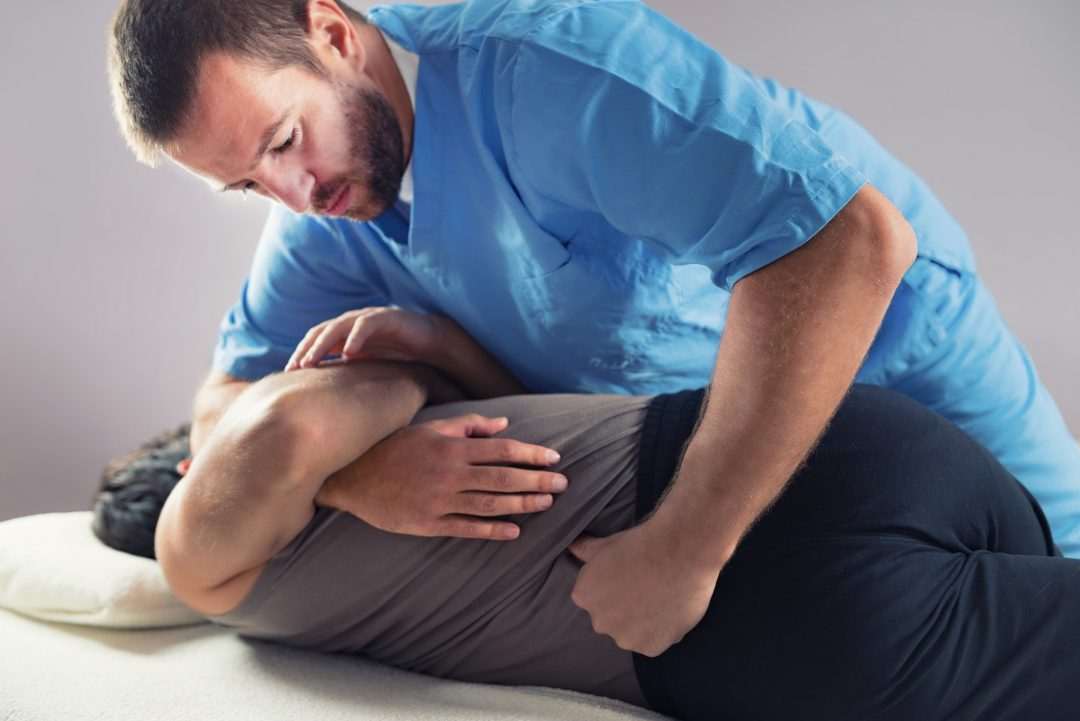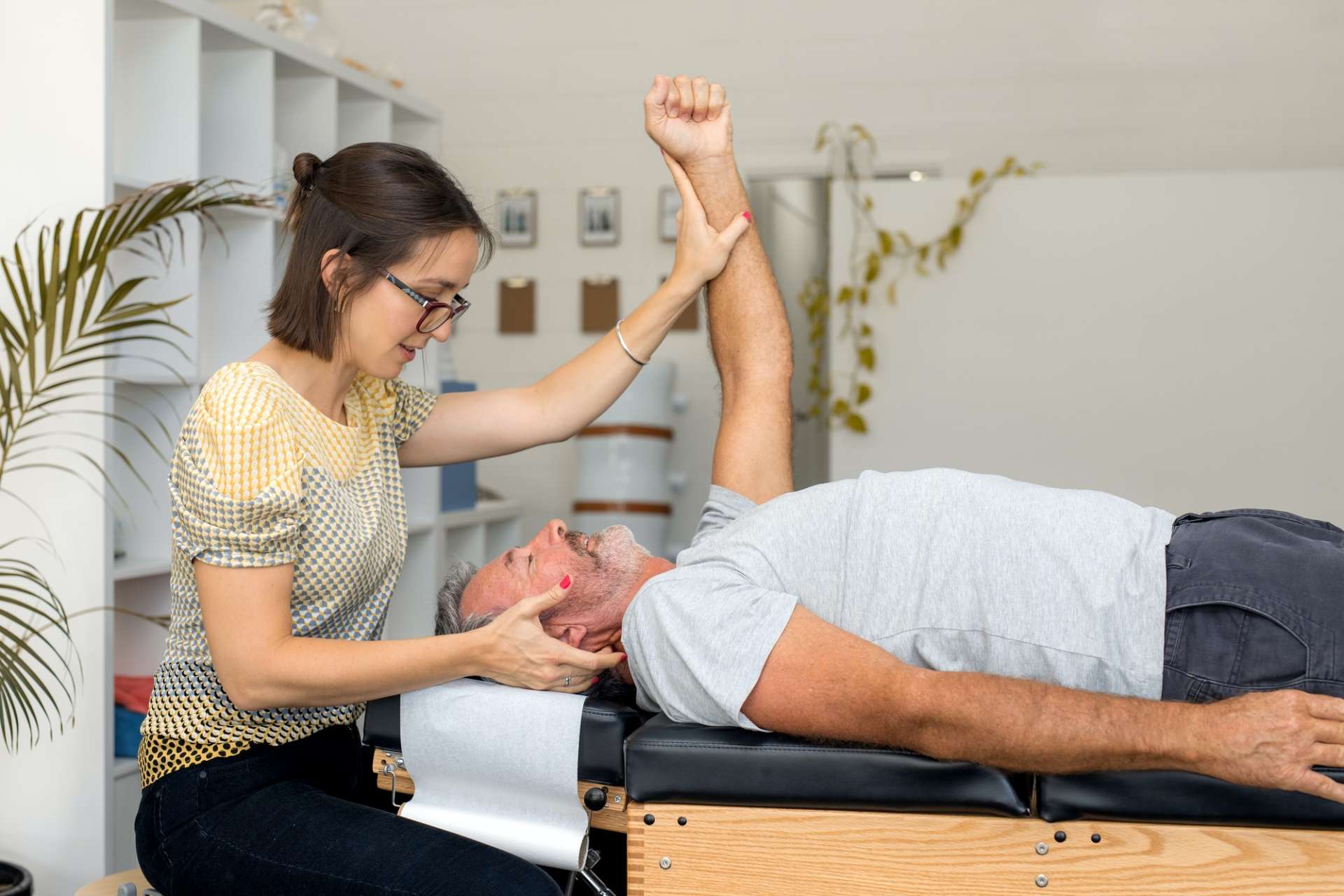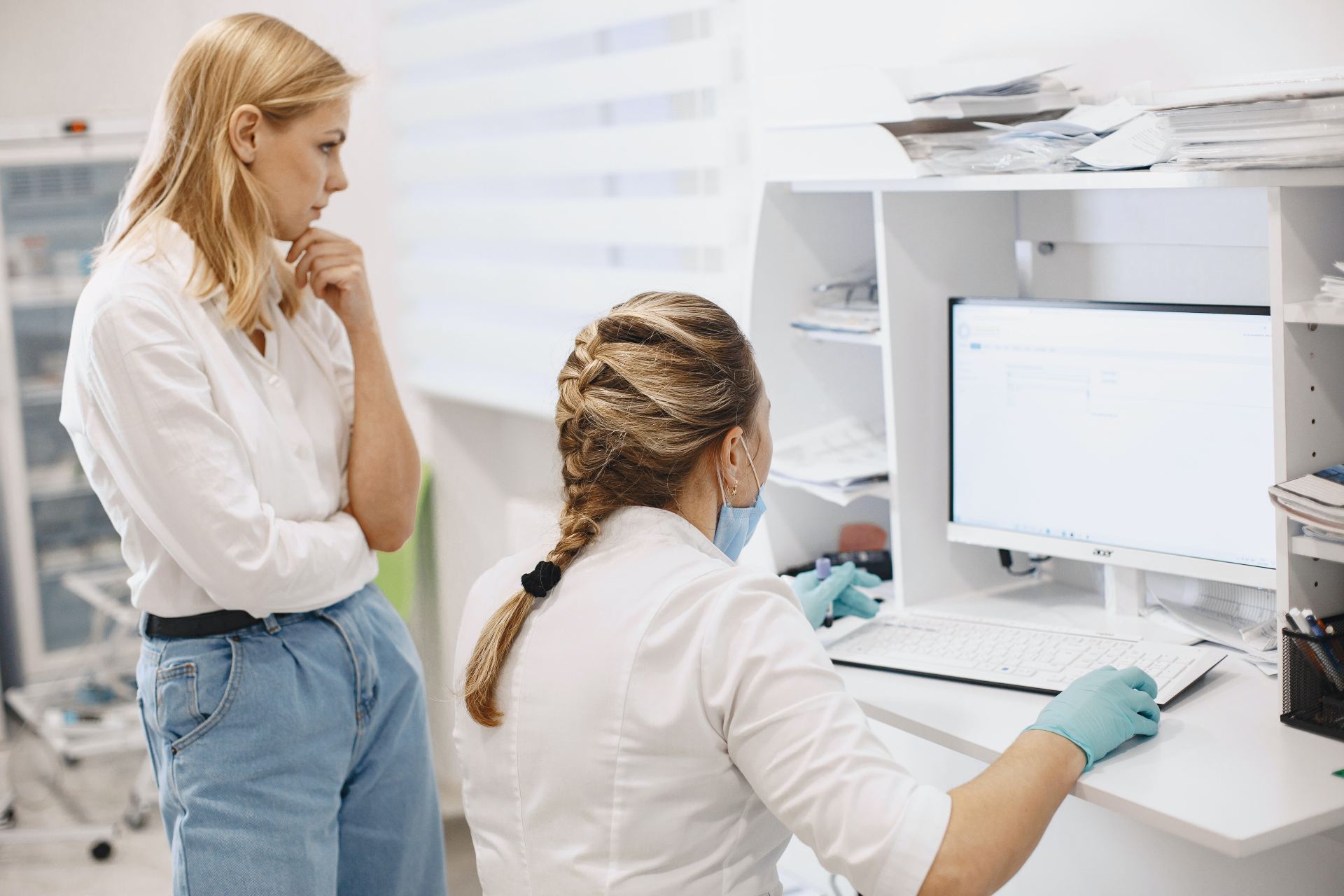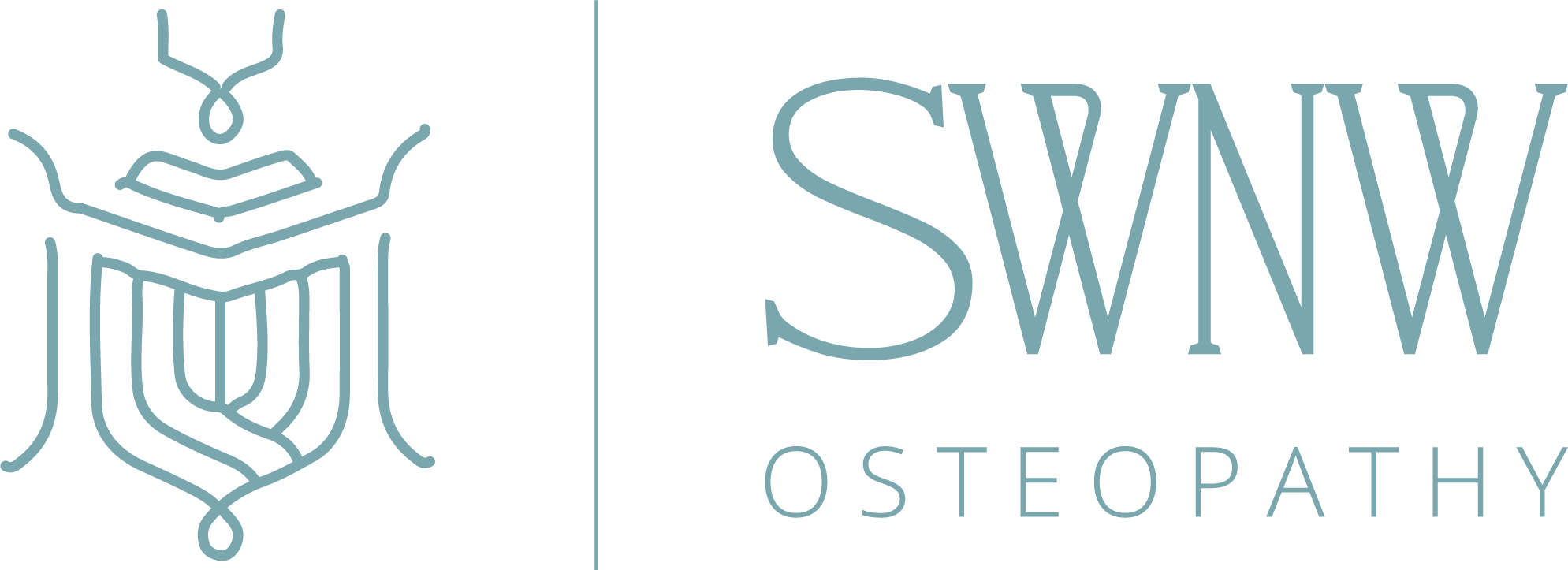Whiplash Injury
Whiplash Injury
Whiplash injury is a form of neck injury (also known as acceleration/deceleration injury) caused by forceful forward and backward movement of the neck that damages the structures in the neck such as muscles, joints, ligaments, bones, discs, and nerves. It is usually caused by road traffic accidents, collision sports, roller coaster rides, and any trauma caused by accelerating/decelerating movements.


Symptoms of Whiplash Injury
The most common symptoms of whiplash injury include
- Neck pain or stiffness
- Headache
- Pain in the shoulder, arm, or upper back
- Dizziness
- Altered sensations
- Weakness
- Visual disturbances
- Hearing difficulties
- Difficulty in speaking/swallowing
- Difficulty concentrating
When to seek help?
You should seek immediate medical help if you are experiencing one or more of the following symptoms.
- Severe neck pain
- Limited range of motion
- Pins and needles sensations
- Numbness in face
- Difficulty speaking or swallowing
- Drop attacks/fainting
- Bladder or bowel problems
- Joint clicking and joint locking

Physiotherapy for Whiplash Injury
Physiotherapy is one of the most effective ways to treat whiplash injuries. Our physiotherapist starts by taking detailed history followed by a thorough examination of the patient. He then customizes a treatment plan according to the nature and severity of the injury.
Physiotherapy helps reduce inflammation, normalize the range of neck motion, strengthen the muscles, resolve any deficiency in neural tissue extensibility, improve posture, and improve fine motor control and neck proprioception.
Treatment Options for Whiplash Injury
There are a number of treatment options available, including passive and active treatment modalities.
Passive Treatment
The patient is not actively involved in this type of treatment. It is most commonly initiated after acute pain.
1.Deep Tissue Massage
It helps reduce muscle tension by using direct pressure and friction.
2. Hot and Cold Therapies
The physiotherapist will alternate between the two treatments. Heat will increase circulation which will bring more oxygen and nutrients but will also remove waste by products.
Cold treatment will decrease inflammation, muscle spasms, and pain.
3. Ultrasound
It sends sound waves deep into the muscle to increase circulation, and reduce muscle spasms, stiffness, cramping, and pain.
Active Treatment
In this, the physiotherapist teaches various exercises that help with muscle strength and range of motion.
Other Treatment Options
- Manipulation/mobilization
- Postural Realignment
- Soft Tissue Replacement
- Proprioceptive Exercises
- Acupuncture
- Electrotherapy
- Vestibular Rehabilitation
